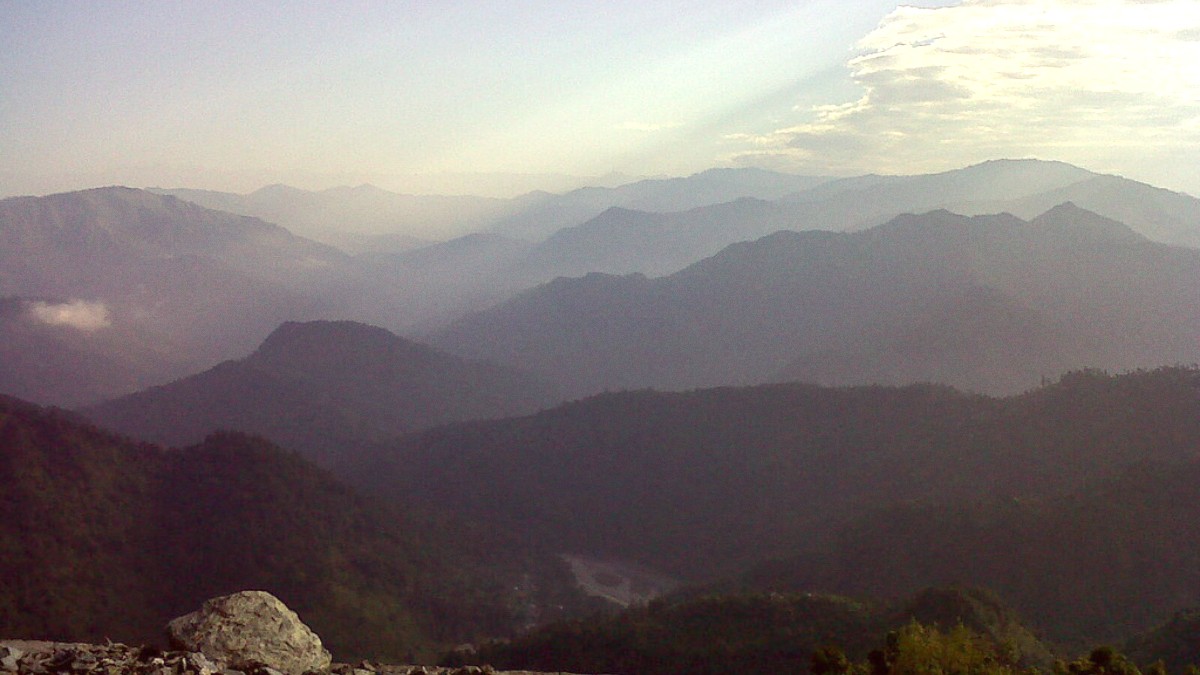
West Bengal, India
The town's cool climate, scenic beauty, and gentle pace invite visitors to relax and explore. Picture sipping world-renowned tea while enjoying panoramic mountain vistas. The local culture, a mix of Nepali, Tibetan, and Bengali influences, adds depth to your visit. Streets are easy to walk, and opportunities for unique experiences await around every corner.
Learn how to make the most of your time in this charming Himalayan town. Prepare for a memorable journey filled with natural beauty and cultural discoveries.
This guide helps with planning for a memorable Darjeeling experience. The goal is a journey of scenic beauty and cultural discovery.
Darjeeling sits at an elevation of approximately 2,045 meters (6,709 feet) above sea level. The town is part of the Darjeeling Himalayan hill region, characterized by steep slopes and narrow valleys. Surrounding tea gardens carpet the hillsides, creating a visually striking landscape.
The town has a base for experiencing the grandeur of the Himalayas. Kangchenjunga, the world's third-highest mountain, dominates the skyline on clear days. Its snow-capped peaks form a majestic backdrop to the town and its surroundings. Other peaks of the eastern Himalayan range stand visible from various viewpoints. The region's geography also shapes its climate, leading to distinct seasons and weather patterns.
To its west.
To the north-east.
Lie to its south.
Flows to its east, a natural boundary.
Its geographical position makes Darjeeling a culturally diverse area.
The terrain is hilly, comfortable footwear for exploring on foot is advisable. Roads wind around mountains, presenting scenic drives.
Influences from neighboring countries shape the area's culture.
The regional geography also shapes its climate, leading to distinct seasons and weather patterns.
Carry cash for smaller purchases and local transport. Many local shops and shared jeeps accept only cash.
Darjeeling's history traces back to the Kingdom of Sikkim. The British East India Company leased the area in the mid-19th century. They developed it as a hill station, having a cool climate for British residents escaping the summer heat of the plains. The town also acted as a sanatorium, for a healthy environment. This development transformed Darjeeling from a small village into a prominent retreat.
The introduction of tea cultivation in the 1840s marked a turning point for the region. British planters recognized the suitable climate and soil for tea. This initiative rapidly grew, turning Darjeeling into a major tea-producing area globally. The distinct flavor of Darjeeling tea gained international fame, shaping the town's identity and economy. Tea estates, many still operating today, dot the landscape, demonstrating this rich legacy.
Tea cultivation rapidly grew, making Darjeeling a global tea producer.
An UNESCO World Heritage Site, useful for development and tea transport.
The British developed Darjeeling as a cool retreat and sanatorium.
A significant historical feature is the Darjeeling Himalayan Railway, an UNESCO World Heritage Site. Construction began in 1879 and finished in 1881.
Visitors find a peaceful setting with cool temperatures.
A base for exploring mountain vistas, Kangchenjunga.
Tea gardens have a glimpse into world-renowned Darjeeling tea production.
Kangchenjunga and other Himalayan peaks await.
Experience the famous Darjeeling tea gardens.
A blend of Nepali, Tibetan, and Bengali influences.